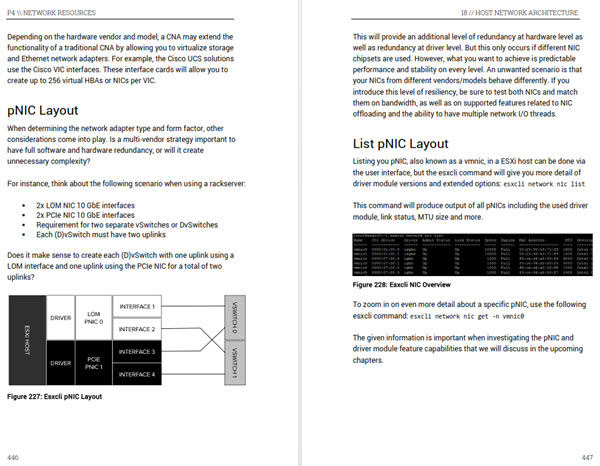
The unit is based on the NUC 9 Pro Compute Element (NUC9VXQNB). The Compute Element has USB ports, two RJ45 connectors, an HDMI connector, and a 3.5mm audio connector on it. Not only is the Compute Element plugged into a PCIe connector, it also has two Wi-Fi antennas and other connectors. On the right side we found the back of the Compute Element and the board that it is plugged into. After the top was removed, we were then able to remove the sides of the device. To get a better look at the hardware on the NUC, we removed the top cover of the case by removing the two Philips head screws and then pulling directly back on the cover. Its complete specifications can be found in the article referenced above. It also has multiple video outputs and USB connectors, two PCIe slots, two 1Gbps Ethernet ports, and 2.4Gbps Wi-Fi. To give a quick overview, this version comes equipped with an eight-core Xeon processor, a discrete NVIDIA Quadro graphics card, 32 GB of RAM, 1TB of storage, and a license to run Windows 10 Home Pro. We will be using the same NUC 9 Pro variant that we used in our prior review, the NUC9VXQNX. Finally, we will reinstall the graphics card, install ESXi, create a virtual machine (VM) that uses the graphics card as a passthrough device, and run our benchmarks once more this time on the VM and compare the results to those of running on bare metal. We will then remove the graphics card and rerun our original benchmarks. But before doing so, we will open the case and dig into the hardware a little deeper, and while we have the computer open, we will install more RAM and storage on the system. In this article, we will go a step further and install ESXi on it. In our review, we looked at its hardware and ran our benchmarks on it. In this piece we take a deeper look at setting up the Intel NUC with ESXi. We had a chance to take an initial look at this new system in one of its variants, the NUC9VXQNX, which came with RAM, storage, and a graphics card. In the first quarter of 2020, Intel released the NUC 9 Pro, their most powerful Next Unit of Computing (NUC) system to date.

In this piece we take a deeper look at setting up the Intel NUC with ESXi.

In our review, we looked at its hardware and ran our benchmarks on it.


 0 kommentar(er)
0 kommentar(er)
